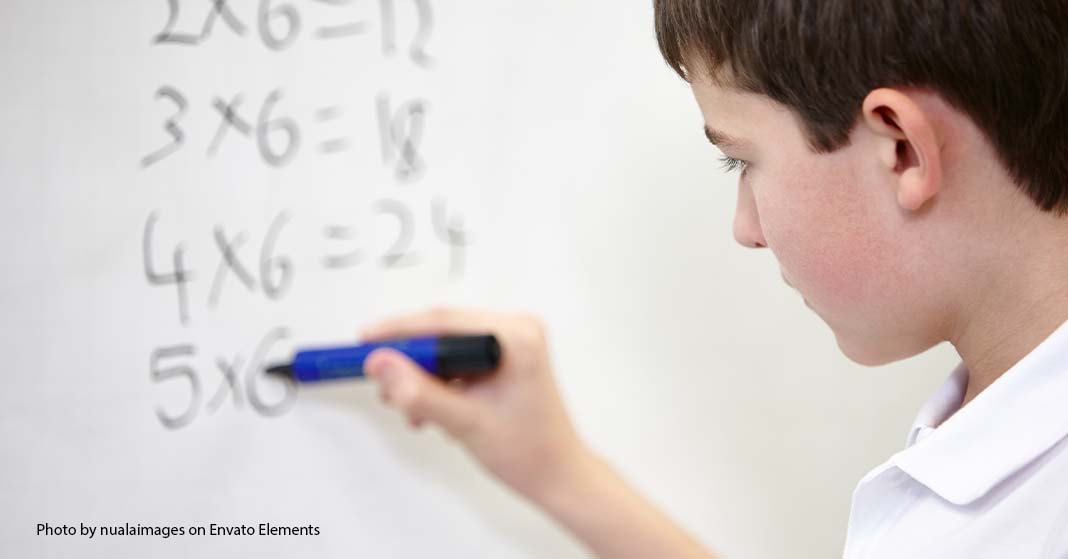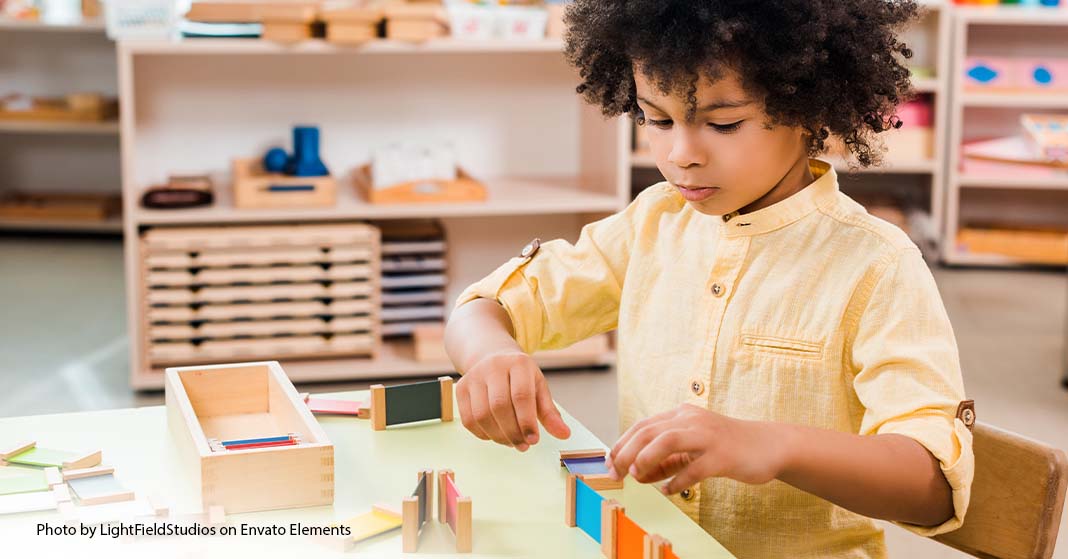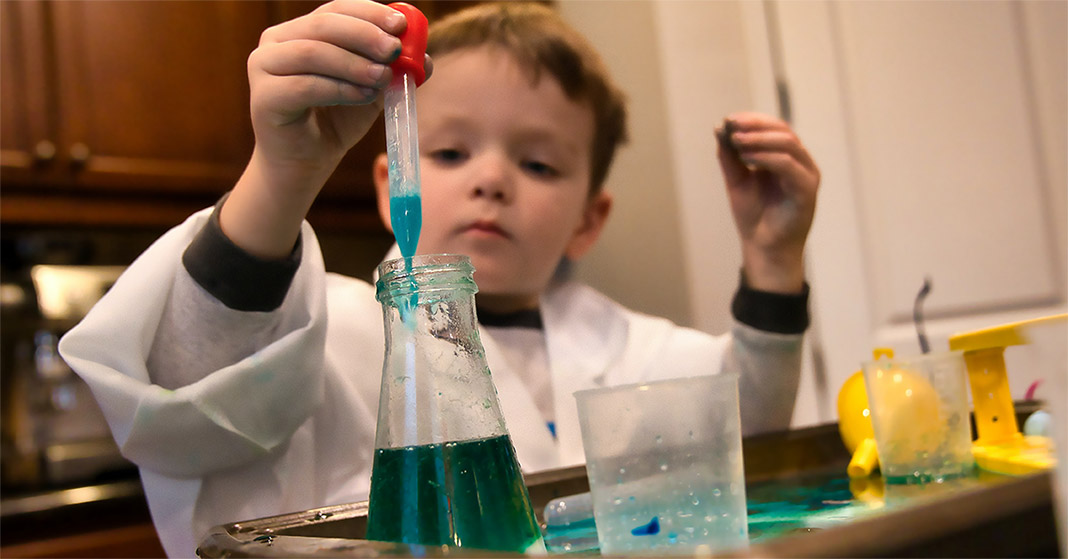
Multiplication and division are challenging subjects to second, third, and fourth graders. They have a lot of facts to memorize, and some children will struggle to understand the concepts. You can use different strategies outlined in this post (from concrete to abstract) to make multiplication and division fun rather than a drudgery. As a homeschool parent, you can pick and choose which multiplication or division strategy works best for your elementary-age child.
Kinesthetic Learner: Characteristics, Learning Strategies, & Activities

Are you a kinesthetic learner or teaching a kinesthetic learner? If your child prefers the kinesthetic learning style, then teaching with kinesthetic learning strategies may improve your child’s comprehension. Even if kinesthetic learning isn’t a preference, some activities for the kinesthetic learning style can help you improve as a learner or as an educator. As you explore kinesthetic learning, look for ways you can use these characteristics and activities to improve your learning or teaching strategies.
Mastery Vs. Spiral Review in Math

When looking for a homeschool math curriculum, you’ve likely seen recommendations for spiral review in math or a mastery learning approach. Homeschool families often discuss and compare these two topics to each other as if they’re mutually exclusive. However, mastery learning describes how a teacher chooses to teach and at what pace they progress through the material. Spiral review describes how to review material previously covered. Before searching for programs that use one method, look at what each of these concepts mean and how they work.
4 Edible Cell Model Project Ideas

Plant and animal cells are microscopic and have many complex parts to learn. It can be difficult for students to learn about what they cannot see. Making an edible cell model is a great active learning strategy. Choosing the components and building the cell project will help students remember all the parts. Knowing they can eat their cell model afterward adds extra excitement to the project. We’ve listed 4 edible cell model ideas that will boost your child’s retention of plant and animal cell biology concepts and double as snack time or dessert.
8 Best Reading Apps for Kids

Reading apps for kids are a great way to turn screen time into a learning opportunity. Dozens of reading apps provide simple, step-by-step methods, educationally proven to develop kids’ reading skills. Many of these apps incorporate fun songs, stories, and games to keep your child engaged in learning. Whether you’re at home or in the waiting room at the dentist’s office with your children, take advantage of one or more of these great reading apps. We’ve narrowed down the best reading apps for kids to help you choose the right one for your child’s reading needs.